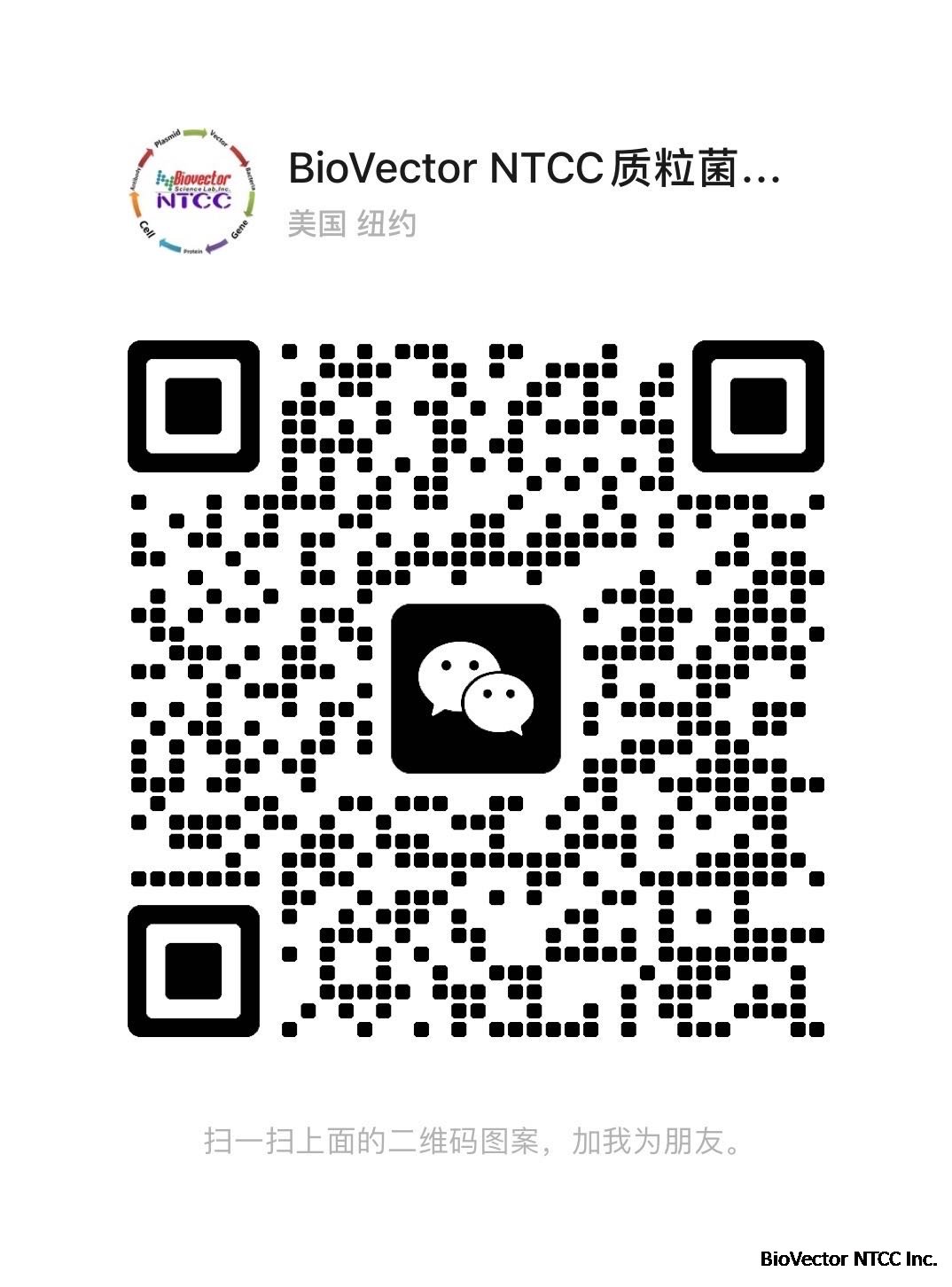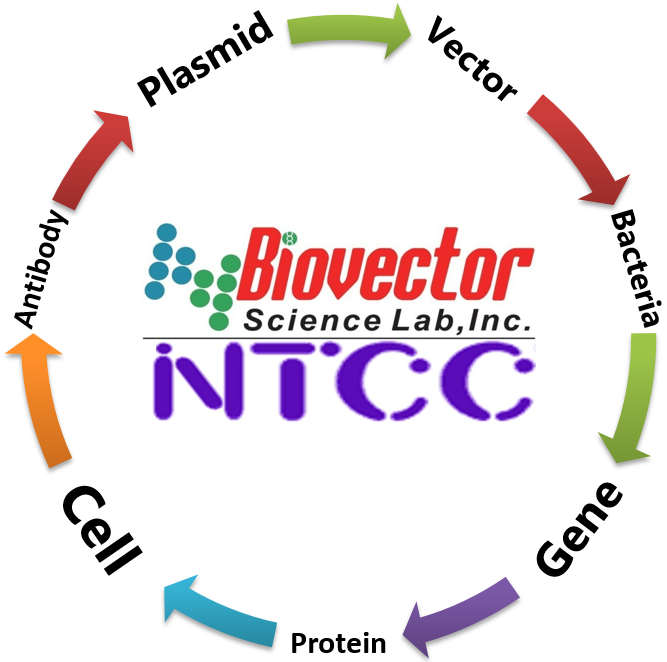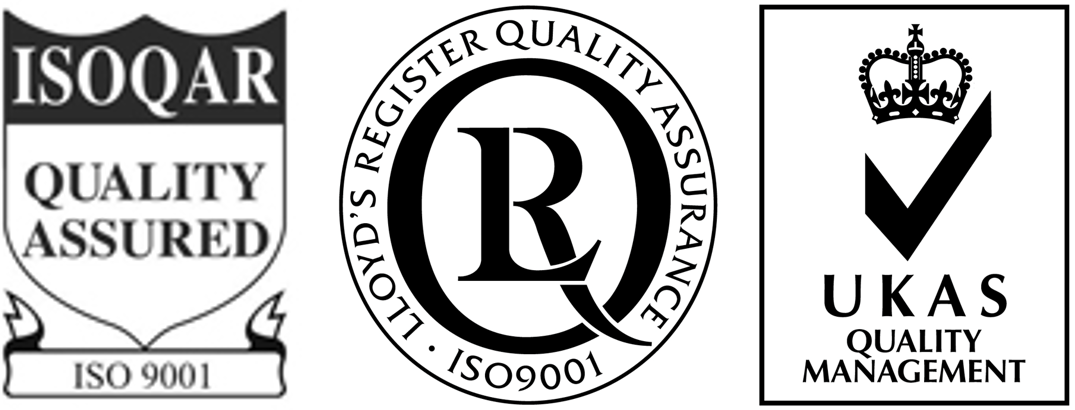LOX-IMVI人恶性黑色素瘤细胞株BioVector? human malignant melanoma cell line -BioVector NTCC质粒载体菌株细胞蛋白抗体基因保藏中心
- 价 格:¥99850
- 货 号:BioVector?-LOX-IMVI
- 产 地:北京
- BioVector NTCC典型培养物保藏中心
- 联系人:Dr.Xu, Biovector NTCC Inc.
电话:400-800-2947 工作QQ:1843439339 (微信同号)
邮件:Biovector@163.com
手机:18901268599
地址:北京
- 已注册
The BioVector? LOX-IMVI cell line is a widely used human malignant melanoma cell line, particularly valuable for research into cancer metastasis and the evaluation of chemotherapies.
Here's a detailed overview:
Origin and Characteristics:
Source: LOX-IMVI was established from a subcutaneous xenograft in nude mice. This xenograft was derived from a lymph node metastasis of a 58-year-old Caucasian male patient with malignant amelanotic melanoma. Amelanotic means it lacks melanin pigment, which is common in highly aggressive melanomas.
Morphology: Epithelial-like.
Growth: Adherent cells, typically grown in RPMI-1640 medium supplemented with L-Glutamine and 10% fetal bovine serum (FBS). They are typically passaged at 80-85% confluence.
Genetic Features:
BRAF V600E mutation: LOX-IMVI cells are heterozygous for the BRAF V600E mutation, a common driver mutation in melanoma, making them a relevant model for studying targeted therapies.
Lack of Y chromosome and trisomy 7: These are chromosomal abnormalities observed in the cell line.
TERT promoter mutation: A mutation in the TERT gene promoter (c. 1-124C>T, or C228T) has also been reported, which is often associated with telomerase activation in cancer.
Wild-type TP53: Unlike many cancer cell lines, LOX-IMVI often retains wild-type p53 function, which can be an important consideration for studies involving DNA damage or p53-mediated pathways.
Metastatic Potential: A key characteristic of LOX-IMVI cells is their tendency to form lung metastases in nude mice, even when inoculated at sites other than the lung. This makes them an excellent in vivo model for studying the mechanisms of melanoma metastasis. Mortality in experimental animals is typically observed within 3-5 weeks of cell injection.
Marker Expression: They express the human melanoma marker GD3 ganglioside, which is a factor in the metastatic potential of malignant melanoma.
Amelanotic: As mentioned, they are amelanotic, meaning they do not produce melanin.
Applications in Research:
The LOX-IMVI cell line is extensively utilized in melanoma research for various purposes:
Melanoma Metastasis Studies: Its inherent metastatic potential in in vivo models makes it a premier model for investigating the complex molecular and cellular mechanisms of melanoma dissemination and colonization in secondary sites, particularly the lungs.
Chemotherapy and Drug Sensitivity Testing: LOX-IMVI is widely used as an in vitro and in vivo model system to screen for potential anti-cancer compounds, evaluate their efficacy, and study mechanisms of drug resistance in melanoma. It is part of the NCI-60 Human Tumor Cell Line Panel, a collection of cell lines used by the National Cancer Institute for large-scale drug screening.
Targeted Therapy Research: Given its BRAF V600E mutation, it's particularly relevant for testing therapies targeting the BRAF-MEK pathway. Research has explored resistance mechanisms to MEK inhibitors in LOX-IMVI cells, identifying genes like Immunoglobulin Transcription Factor 2 (ITF-2) as potential resistance markers.
Molecular Mechanism Studies: Researchers use LOX-IMVI to explore various signaling pathways involved in melanoma cell proliferation, survival, apoptosis, and migration, including p53 signaling and NF-kB/TNF pathways.
Immunotherapy Development: While cell lines generally lack the full immune microenvironment, LOX-IMVI can be used in studies involving oncolytic viruses or to understand basic interactions relevant to immunotherapies.
Biomarker Discovery: Due to its well-characterized genetic and phenotypic profile, LOX-IMVI contributes to efforts in identifying new biomarkers for melanoma progression or drug response.
Culture and Quality Control:
Reputable cell line repositories and suppliers (like Sigma-Aldrich/Merck Millipore, Creative Biolabs) provide LOX-IMVI cells that undergo rigorous quality control, including:
Verification of human origin (e.g., by STR analysis).
Testing for mycoplasma contamination.
Testing for common human viruses (e.g., HPV, Hepatitis, HIV).
Confirmation of viability and stability for a certain number of passages.
Images
BioVector NTCC质粒载体菌株细胞蛋白抗体基因保藏中心
www.biovector.net
- 公告/新闻




